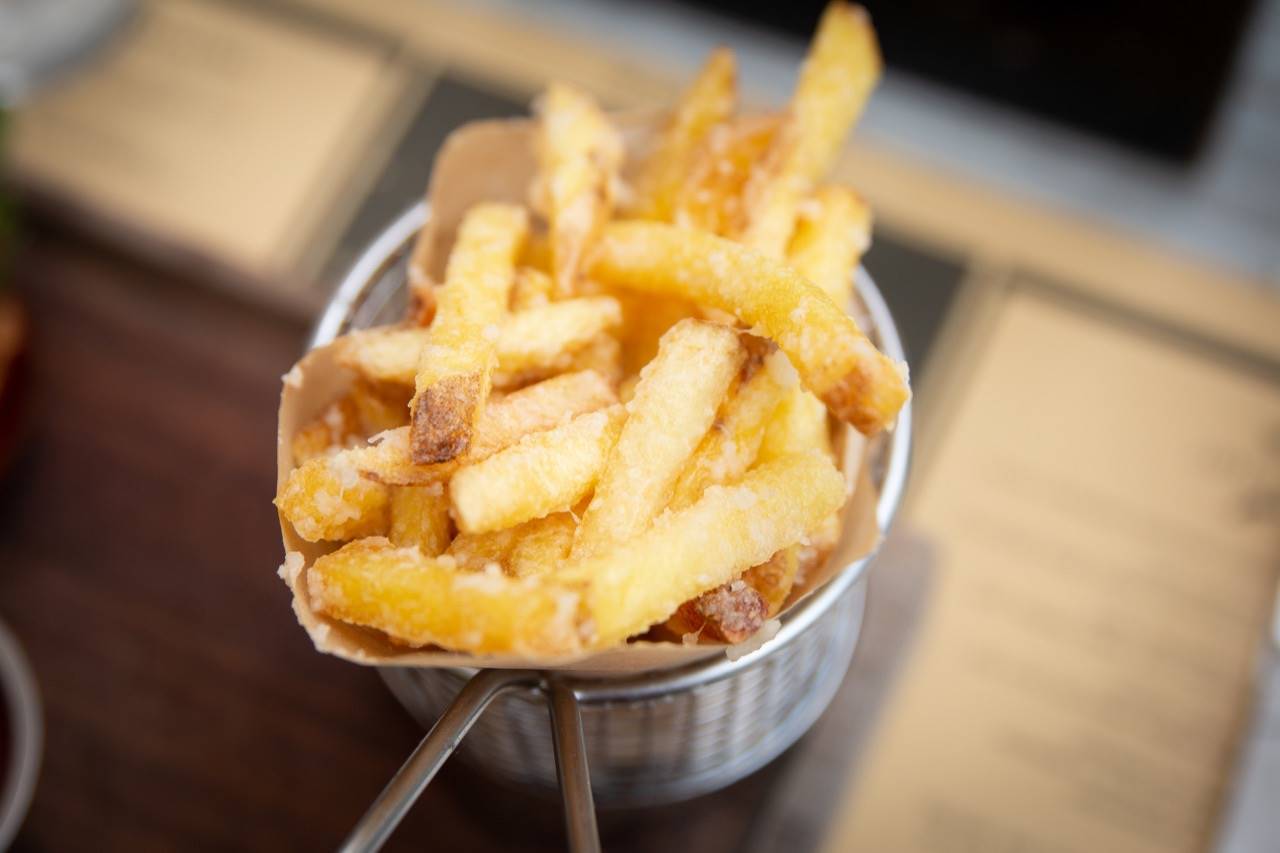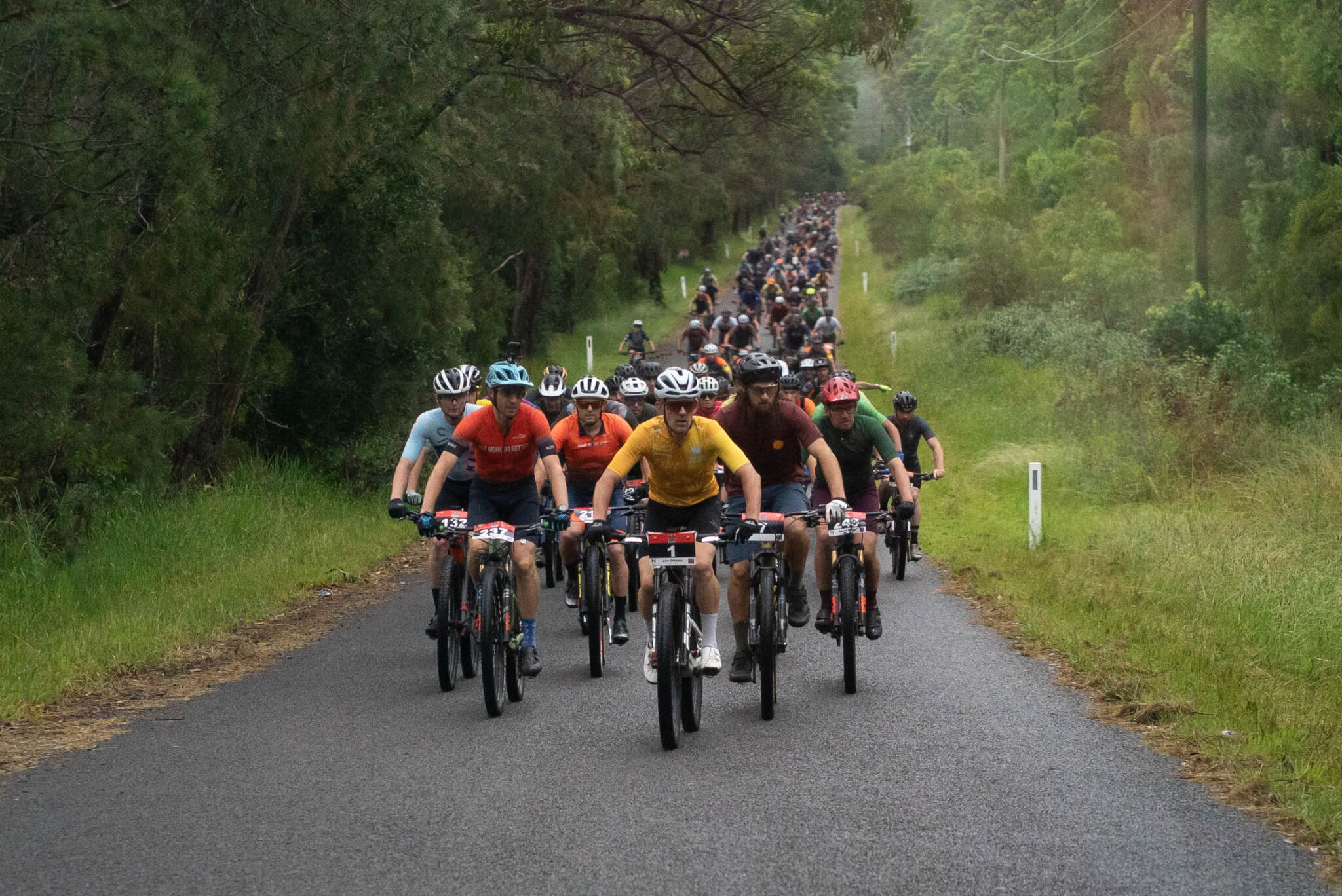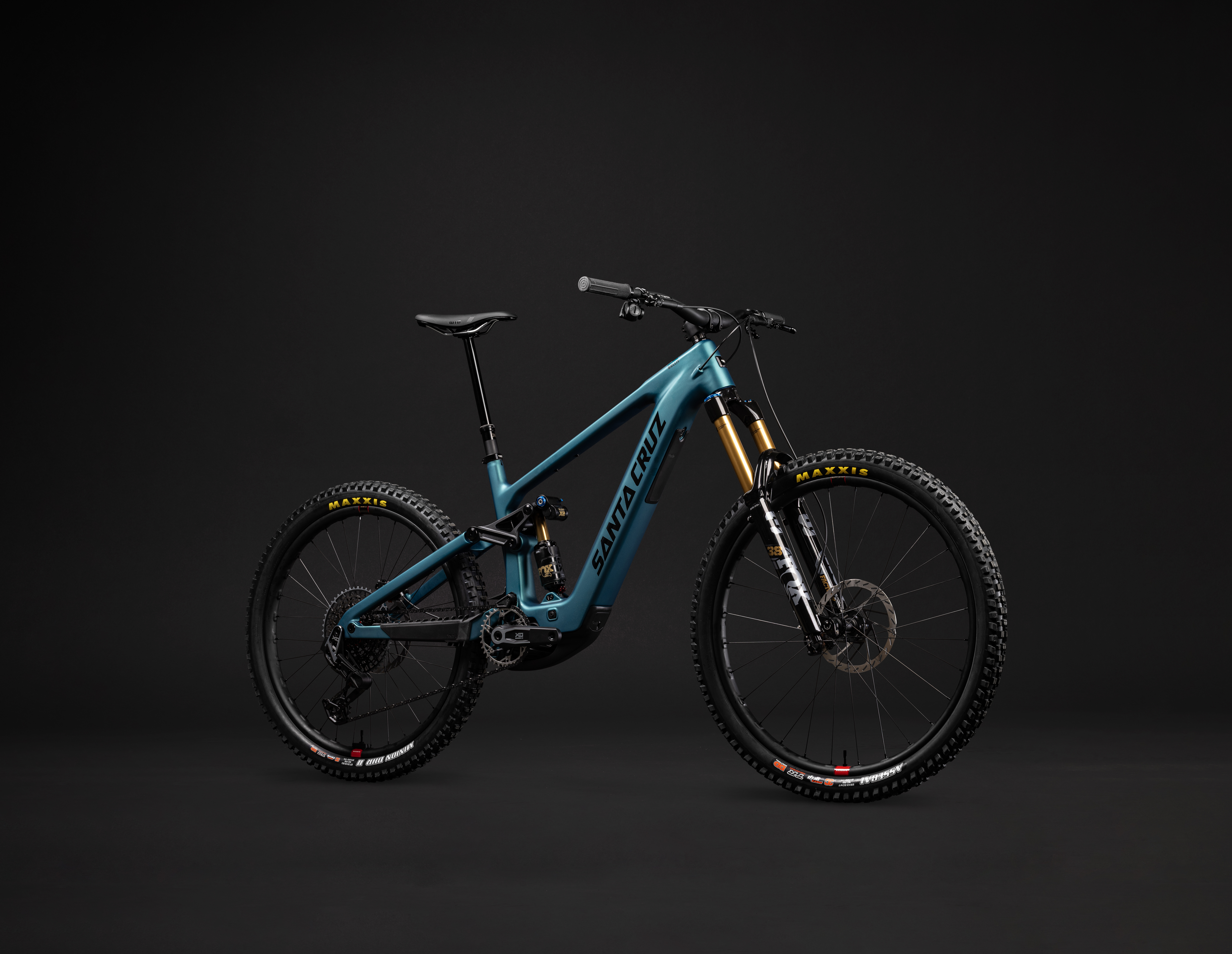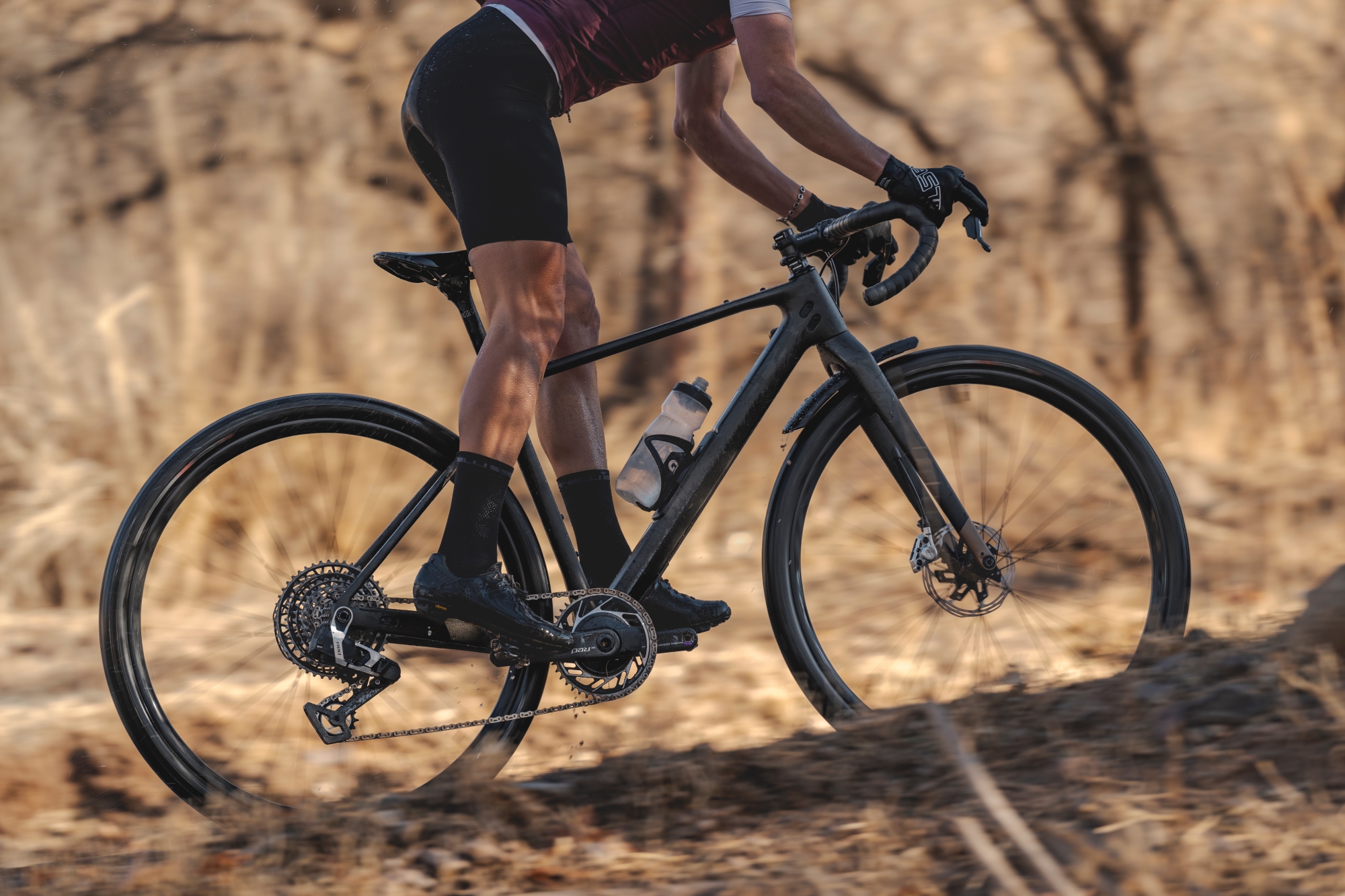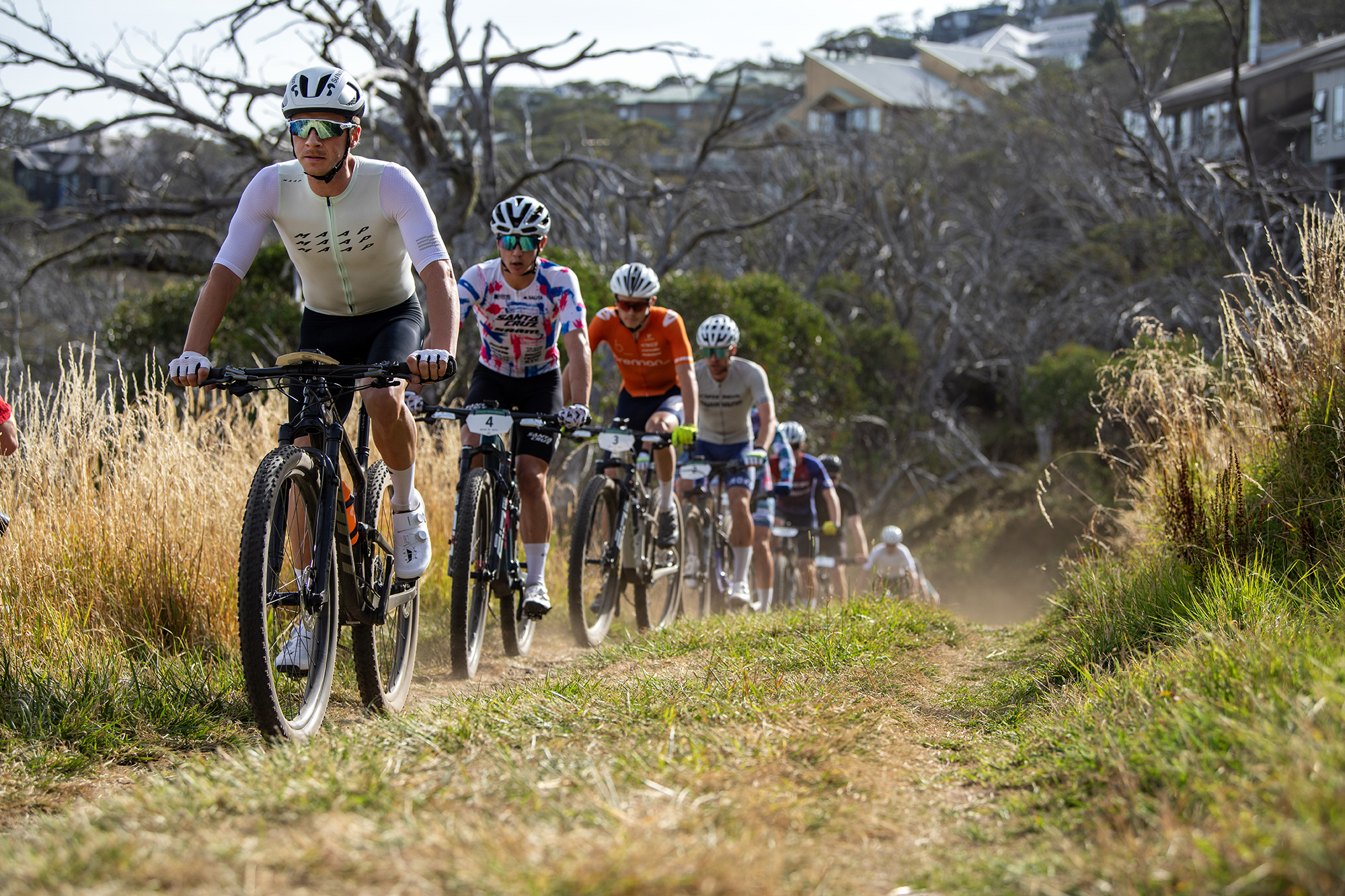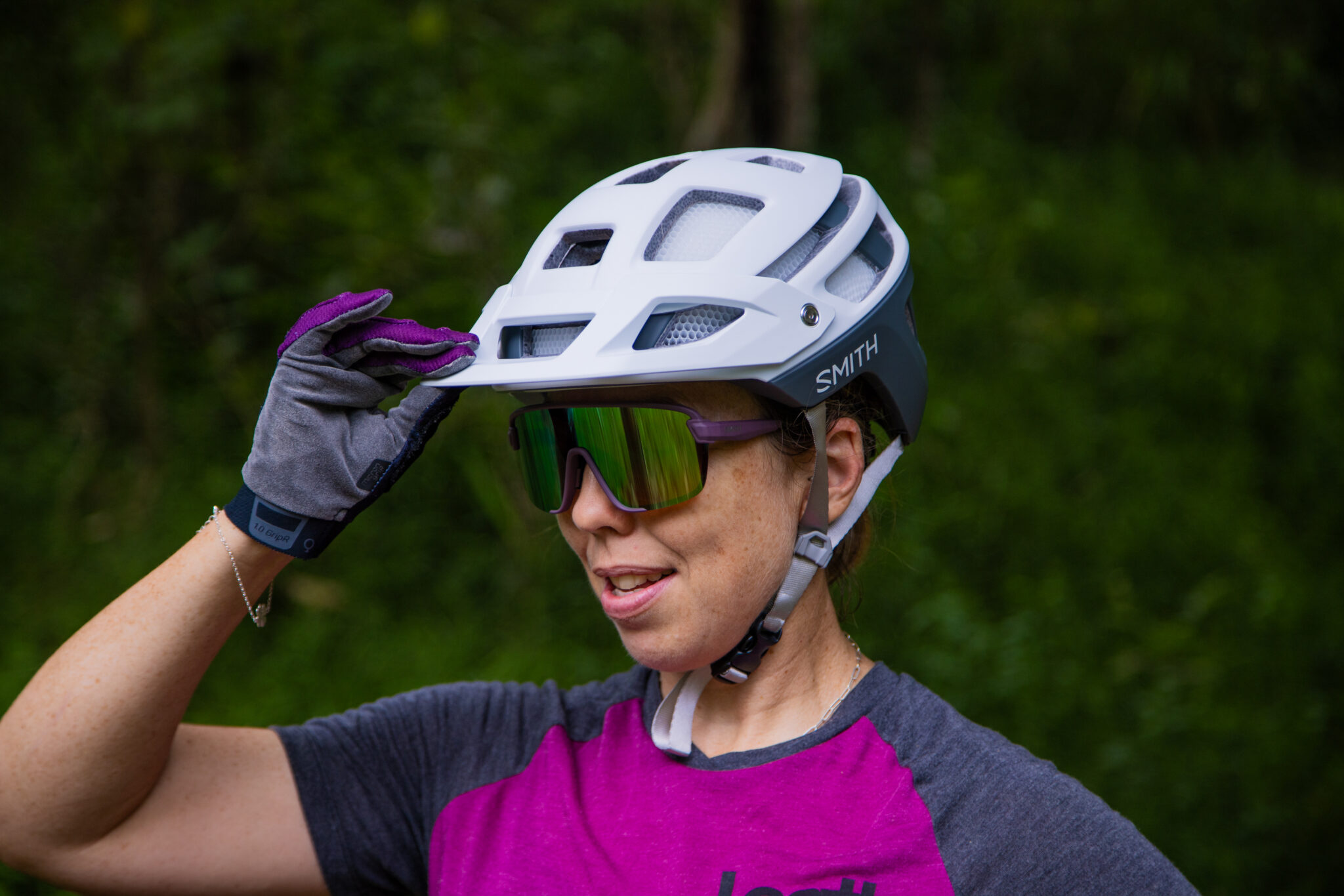What carbohydrate is right for me?
Find out the pros and cons of different carbs!
Words: Zoe Wilson
Carbohydrates have had a bad rap recently with low-carb diets still having their time in the sun. Part of this turn away from carbs is due to confusion about what the best types of carbs are and when you should eat them. There are pros and cons of different carbohydrate foods, especially in terms of performance on the bike. Let’s take a look.
First things first, our bodies need carbohydrates for energy. Carbohydrates are present in fruit and vegetables, breads and grain products, and sugar and sugary foods. And sure, some are better than others, but not all are evil! Carbohydrate foods are often talked about in different ways to describe a similar thing: complex or simple, processed or refined, wholegrain or white, low GI or high GI. You’ve probably heard not to eat white, simple or processed carbs, right? But what about GI, and should you always eat wholegrains? No wonder we are all confused!

Types of carbohydrates
Sugars, starches and fibre are all carbohydrates. Sugars (glucose, fructose, sucrose, lactose and maltose) are found naturally in food and also added to processed products (yep Tim Tams and snakes – I’m looking at you!). Starches (sometimes called complex carbohydrates) are found naturally in legumes, starchy veg, grains and products made from grains like bread, pasta, cereal, polenta and couscous. Starches are also found in processed foods like biscuits, cakes and pastries.
Carbohydrate foods (sugars and starches) are digested to their smallest form such as glucose, or fructose and absorbed into the bloodstream so they can be used for energy. These small sugar molecules are then stored in your muscles and liver as glycogen ready for when you need it to pedal hard during a ride or training session.
Fibre is also a type of carbohydrate but it’s different to sugars and starches as the body can’t break it down into sugar molecules and instead, it passes through to the gut. Fibre helps regulate the body’s use of sugars, helping to keep hunger and blood sugar in check and is important for gut health. Fibre is found in many different plant foods including vegetables, wholegrains, legumes, fruit, nuts and seeds.
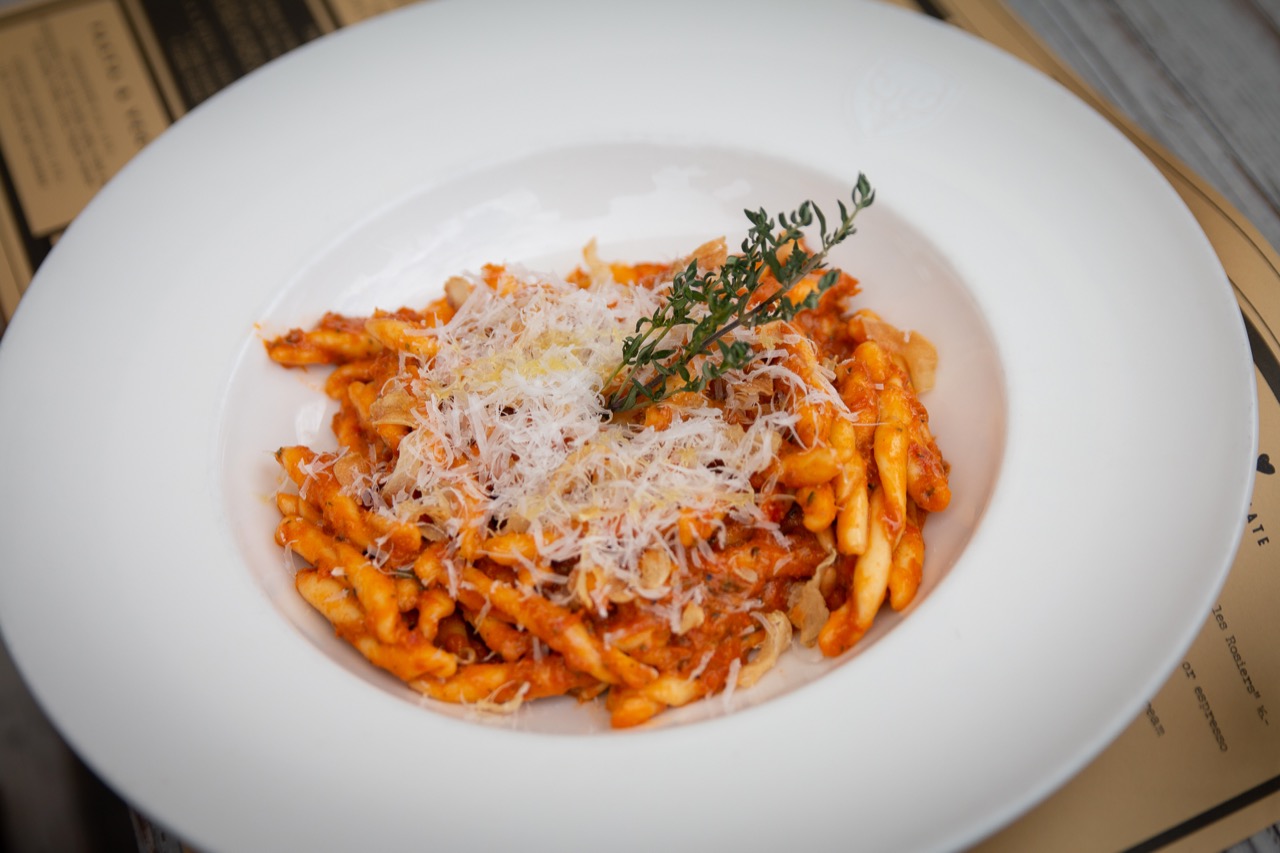
So which carbohydrate is right for me?
This sounds like a simple question, right? We all know you should eat whole grains and vegetables, and not raid the lolly aisle of the supermarket. But all is not as it seems, especially when it comes to getting the most out of your legs on the trails.
A really handy tool for thinking about carbohydrates is the glycaemic index – a scale which measures how fast a carbohydrate food is digested. The higher the GI the more quickly carbohydrate is digested and the faster it can be utilised for fuel. The lower the GI the slower the carbohydrate is digested and the better it is for long term energy and keeping you full.
Now stick with me for a moment… a good way to think about your diet is like a cake. The cake itself is your everyday diet – the good quality foods you eat every day to keep you healthy and give you the energy you need. The icing of the cake is the foods you eat around training and racing – those bits you chuck in your jersey or eat before a ride. Finally, the cherry on top are the vitamin and mineral supplements and the sprinkles the sports supplements.
So, from a carbohydrate point of view, you want the carbohydrates you make your cake with (the foods you eat daily) to be mainly low GI – wholegrain bread, pasta, basmati or Doongara rice, legumes (beans, peas and lentils), high fibre cereal, starchy vegies, fruit and dairy. These low GI carbs are important for energy, immunity, satiety and concentration but how much will depend on your age, weight and training load. A good rule of thumb is ¼ to ½ your plate.
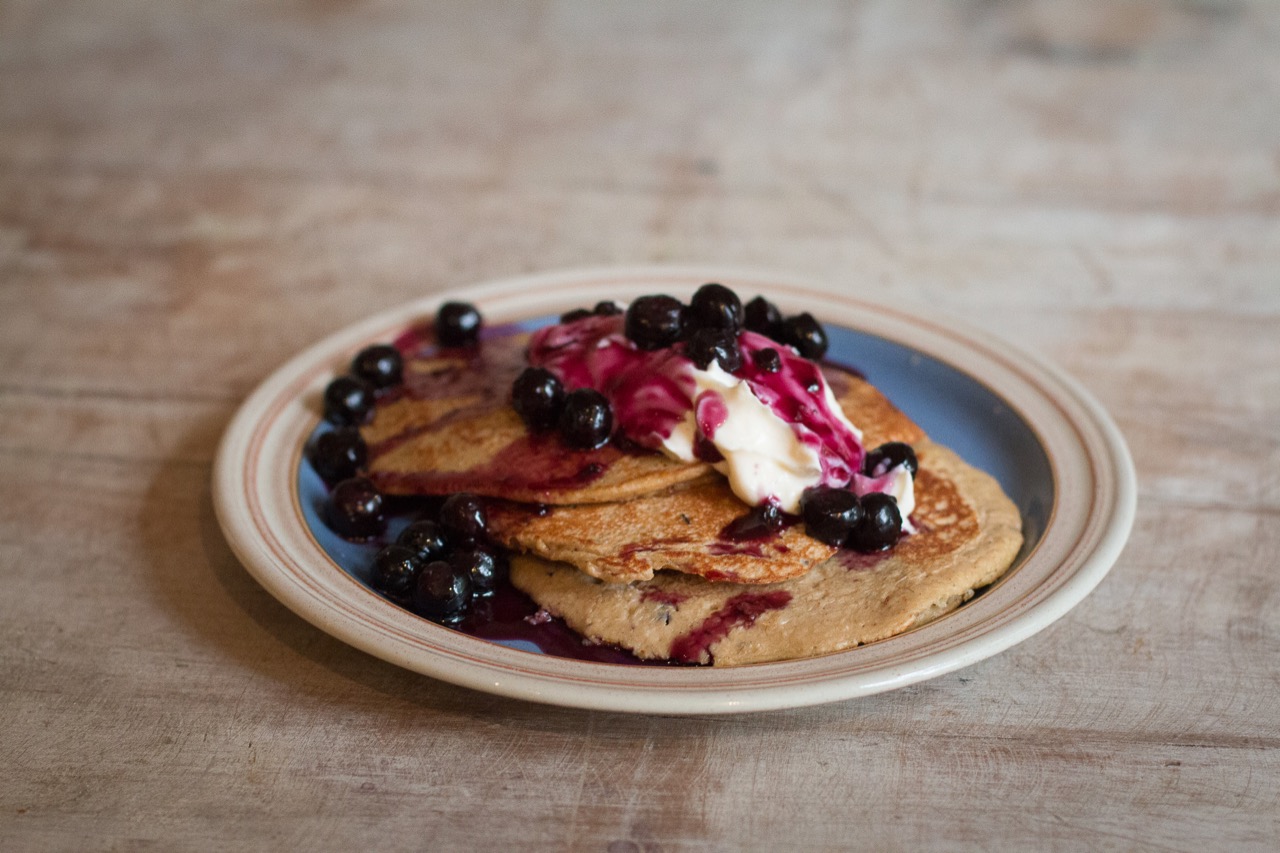
Now, the icing (foods you eat around training) can be a little different. It is important to fuel well by eating carbohydrates before, and during a long ride (more than 60 minutes), so you don’t hit the wall. However, you don’t want to chow down on a big bowl of lentils otherwise you’ll need to stop several times to visit the Portaloo! Instead, make your icing from higher GI foods that digest quickly – white bread, fruit, or sugary foods like snakes or sports gels/bars/drink. The faster the glucose can get to your muscles, the faster you’ll be able to use it to ride away from your mates.
The bottom line…
All carbohydrate foods have their place in athletes’ diet, but when and how you use them is important. Most of the time, choose low GI carbohydrates for everyday fuel. Pack your pantry with whole grains, legumes, vegies and fruit and steer clear of packaged food. Around training though, go for the higher GI options which will fuel you faster and help you maximise your ride.

